THE BEST SMARTWATCHES OF 2024
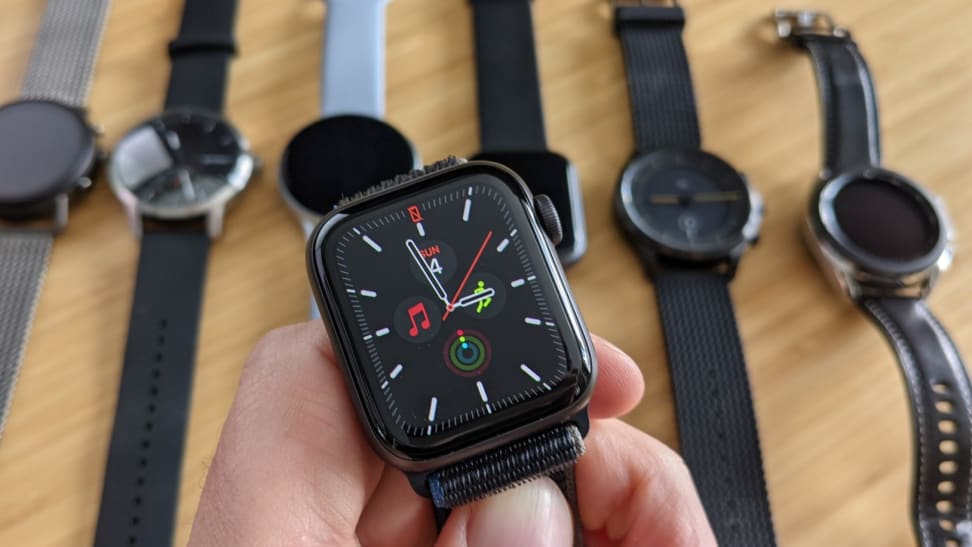
Reviewed's mission is to help you buy the best stuff and get the most out of what you already own. Our team of product experts thoroughly vet every product we recommend to help you cut through the clutter and find what you need.
Smartphones have changed the way that we interact with information and people, and how we navigate our world—for better or worse. In the case of the latter, having your face buried in your smartphone's display for hours a day means missing out on what's going on around you or, worse, leaving you in a position where you're missing out on the opportunities to focus on the experiences right in front of you, for fear of missing out online. A good smartwatch allows you to put your phone away and still keep on top of your digital life. Tracking your schedule, staying in touch with the people that matter, and tracking your health and fitness, are all just a wearable device away.
Recommendations are independently chosen by Reviewed's editors. Purchases made through the links below may earn us and our publishing partners a commission.
After extensively testing the top smartwatches for years, we can say with confidence that the Apple Watch Series 9 (available at Apple) is the best smartwatch you can buy thanks to its brilliant design, intuitive usability, and loads of useful features.
If the Series 9 is too pricey, the Apple Watch SE (2nd gen) (available at Amazon) does a fine job as a stand-in for a much lower price, offering a very similar design and many of the same features. If you’re an Android phone owner (particularly those with Samsung phones) you’ll want to look at our best pick for Android, the Samsung Galaxy Watch 6 (available at Amazon).
But there are a few other great options below, and we've run them all through our rigorous testing procedures so you can find your Dick Tracy accessory of choice.
Editor's Note January 2, 2024: Due to a claim of copyright infringement surrounding the health sensors in their latest wearables, Apple is currently fighting to keep the Apple Watch Series 9 available for sale in the United States. For the time being, the Series 9 is still for sale. We'll be watching for updates on this issue, closely, and let you know what, if anything changes in this area.
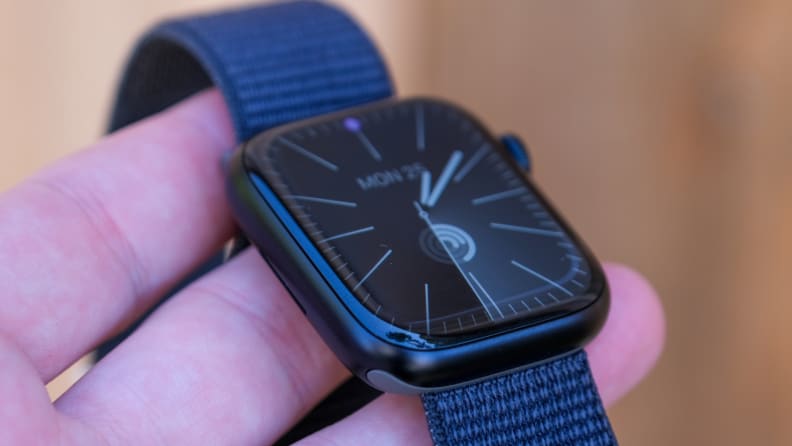
Some might call the Apple Watch Series 9's design iconic. Others say that it's dated. No matter your feelings on its looks, there's no denying its functionality.
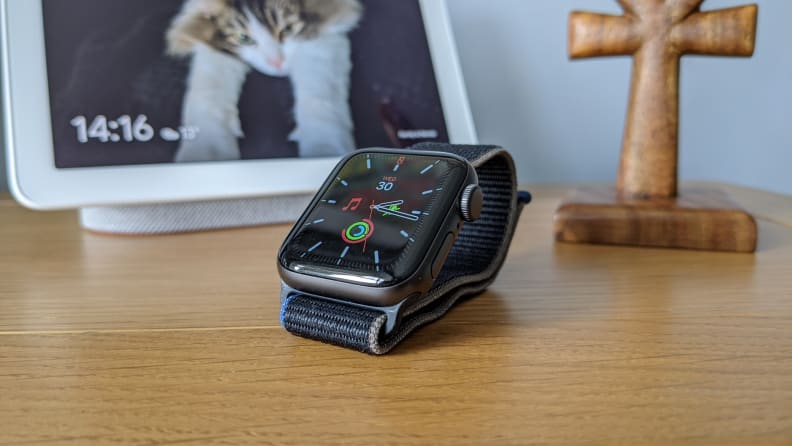
The Apple Watch SE features the same design as its more expensive sibling

The Samsung Galaxy Watch 6 sports a bigger and brighter screen.
Other Smartwatches We Tested
How We Test Smartwatches
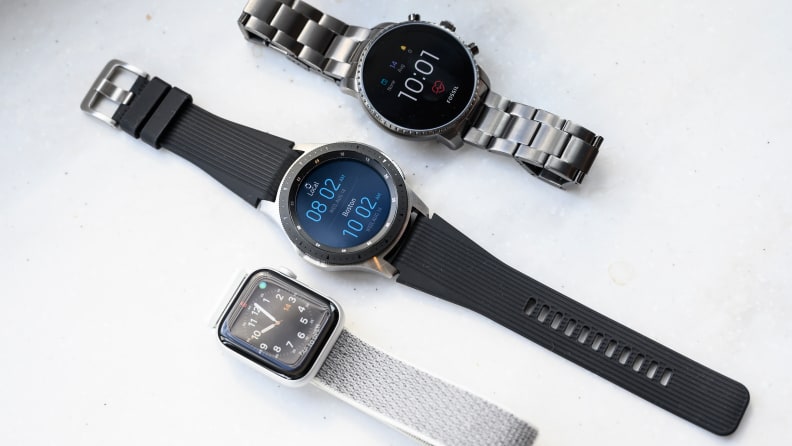
The only way to test smartwatches is to wear them.
Like the smartphones they’re designed to tether with, smartwatches are becoming more competent and, consequently, more complicated. Many allow folks to customize their user experience with downloadable apps and watch faces. Most come packing perks like onboard GPS navigation and available cellular hardware (for a markup) that allow you to find your way and stay in touch via text message and phone calls, with or without a smartphone.
In order for us to recommend a smartwatch, it needs to do a few basic things well:
- It should be built well and capable of standing up to casual abuse.
- It should be fashionable and comfortable enough that you’ll actually want to wear it
- Its user interface should be easy to navigate
- Its display should be visible in direct sunlight
- It needs to provide enough battery power to get you through the day
- It shouldn’t cost more than your smartphone
Beyond these basics, we also pay attention to whether or not each smartwatch in our guide has access to downloadable apps and if they're actually useful. We pay attention to how quickly each smartwatch responds to commands, whether its speakers and microphone work for a hands-free conversation (where applicable), and if the watches provide the at-a-glance information we need quickly enough to make leaving your smartphone in your pocket worthwhile. We also test health and fitness features, which are increasingly part of the smartwatch experience.
Finally, what a smartwatch doesn’t do is just as important as what it does: We take note of how much unnecessary information each wearable pumps and how easy it is to decide which notifications we wanted to see and which we’d be happier not hearing about until we check our smartphones.
Each smartwatch on our list was worn for at least four days and many for much longer. We try out the full range of functionality, from fitness tracking to messaging to third-party apps, and score every aspect. We also examine the ease of setup, functionality, and how each watch looks and feels. We then weigh and compare the results in our smartwatch rubric to determine precisely how they measure up.
What You Should Know About Smartwatches
Smartwatches vs. Fitness Trackers
The line between the best smartwatches and the best fitness trackers isn’t always clear. Just like fitness trackers, smartwatches include health and fitness tracking features, alongside GPS and heart rate monitoring, but they also tend to offer better smartphone notifications and larger touchscreens.
Smartwatches are also more likely to support third-party apps, have microphones and speakers, and boast extra functionality like mobile payments, voice assistants, and customizability.
Terms You Should Know
You don’t necessarily need to know what goes on under the hood of your smartwatch to enjoy it. However, understanding a few names and definitions will help you better decide which smartwatch is best for you.
Android: Google’s open-source Android operating system runs the majority of the smartphone handsets in the world (although you can also find it used to operate some tablets and laptops, too.) Popular phone models such as the Google Pixel, the Samsung Galaxy, and OnePlus use Android.
iOS: Apple’s iOS operating system is the backbone of what makes Apple’s mobile devices tick. Without it, all those apps that you use to stay productive and, sometimes, fritter away your time with, wouldn’t be able to work.
Wear OS: When Google first offered an operating system for wearable devices, it was called Android Wear. However, to differentiate between smartwatches and other mobile gear, Google changed its wearables operating system’s name to Wear OS. You’ll find it running on a number of the smartwatches featured in this guide, including the Samsung Galaxy Watch 5.
watchOS: Apple’s operating system for the Apple Watch, watchOS is based on the company’s iOS operating system, sharing many of the same features and visual elements. For Apple Watches it's been optimized for use on the small display and to leverage health monitoring, notification, and other features.
Tizen OS: Developed and primarily used by Samsung, the Tizen operating system was designed to reduce its dependence on Google’s Android OS. When used in Samsung’s Galaxy Watches, Tizen OS is a powerful, easy-to-navigate operating system. Samsung has recently incorporated Wear OS into its smartwatch experience for a sort of hybrid of Tizen and Wear OS.
How to Choose a Smartwatch
Smartwatches vary wildly in price and feature sets, but there are several elements beyond budget that can help you narrow down your choice.
Which smartphone do you use? Even smartwatches that can be used as standalone devices with their own mobile data connection are designed to be tethered to a smartphone. The Apple Watch runs Watch OS and will only work with an iPhone. Samsung watches running Tizen OS work with Android phones or iPhones, while newer Samsung watches (Galaxy Watch 4 and up) are designed for Android only. Wear OS smartwatches currently work with Android or iOS, but there are limits on the functionality with iOS. Before you pick a smartwatch, check up on its compatibility.
Which features do you need? If fitness tracking is vital, look for heart rate sensors and GPS support. If you want to pay from your wrist, check up on the mobile payment system and make sure your bank is supported. If you want to leave the smartphone at home, look for a smartwatch with onboard storage and cellular data support but bear in mind that you’ll need a mobile plan for it (usually $10 per month or more).
What style do you want? Watches are also fashion accessories, so you’ll want to choose a smartwatch that looks good on. While we are starting to see smaller and more elegant designs, with some smartwatches offered in two sizes, many are still chunky. One of the best things about smartwatches, however, is the ability to customize the watch's face. You may also want to consider how easy it is to change bands and how many types are available.
How much battery life do you need? Battery life is still a big problem for smartwatches, with the most full-featured devices requiring daily charging. If you’re happy with a routine that involves placing your smartwatch on the charger every night alongside your phone, take your pick. If you want to go several days between charges, you may want to look at a hybrid smartwatch, which will lose some features but pay the debt back with incredible battery life (some offering weeks without a charge).
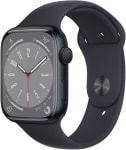

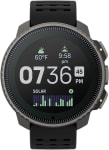
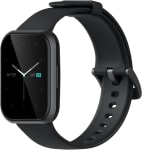
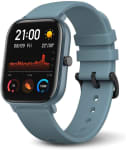

















No comments:
Post a Comment